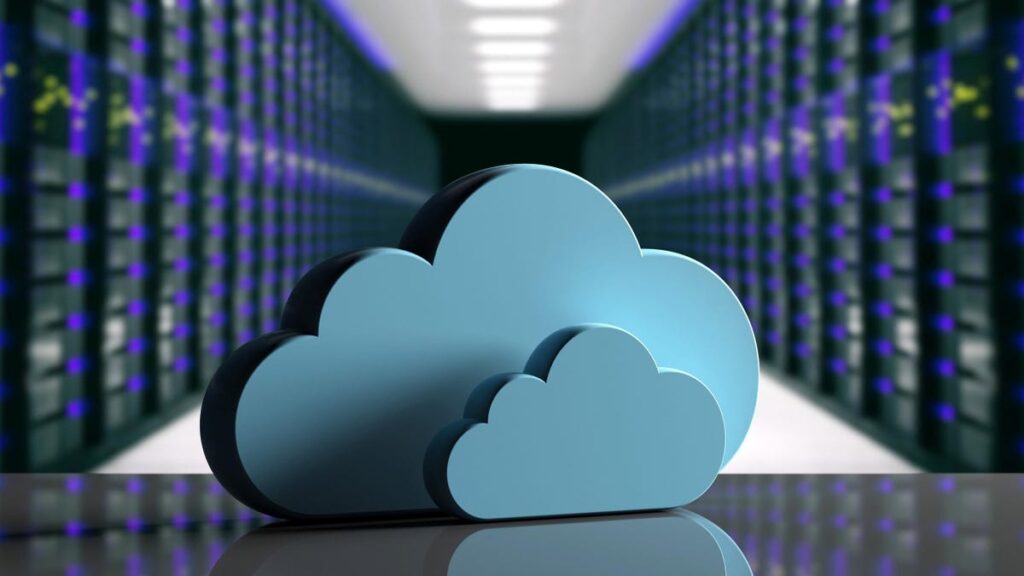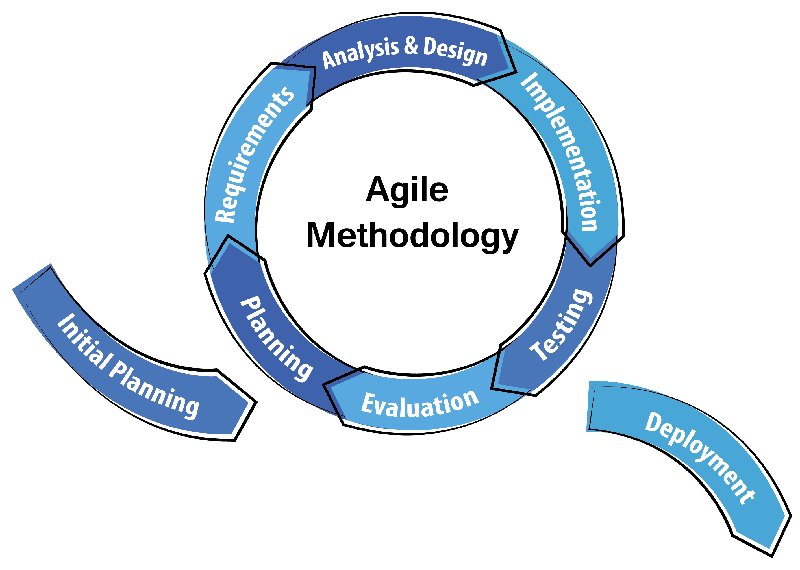Listen to this article |
During 2020 and 2021, cloud computing detonated as work went virtual and organizations adjusted to the worldwide pandemic by zeroing in on the delivery of digital services. In 2022, we will, without a doubt, see a continuation of rapid growth and development.
All things considered, we will see the centre shift away from the arrangement of cloud tools and stages to work on an individual capacity (like moving to Zoom gatherings) towards more holistic procedures centred on big business-wide cloud migration.
Expanding the capacities of remote and hybridized labour forces will stay a key pattern. Yet, we will see innovation in cloud and data centre frameworks as well widely done by cloud consultancy services and cloud consulting companies.
Here is the outline of a portion of keyways that will be executed in 2022.
Cloud proceeds to develop and evolve with energizing new use cases.
As per forecasts from Gartner, worldwide spending on cloud administrations is relied upon to reach more than $482 billion out of 2022, up from $313 billion every 2020. Cloud computing foundation is the foundation of the conveyance pipeline of pretty much every computerized administration, from online media and streaming entertainment to associated vehicles and independent web of things (IoT) framework.
New or forthcoming super quick organizations like 5G and Wi-Fi 6E don’t simply mean more data will be streamed from the cloud; they mean new kinds of data can be streamed.
We see this with the blast in the accessibility of cloud gaming stages, such as Google’s Stadia and Amazon Luna, which will expand venture levels throughout 2022. We will likewise see the appearance of cloud virtual and augmented reality (VR/AR) which should prompt more modest and less expensive headsets. Cloud innovation basically makes each other innovation lighter, quicker, and more available according to a client perspective. This reality will be a vital driver in the migration of more services to cloud platforms.
Sustainability is progressively a driver of cloud development.
Each mindful business comprehends that it has a section to play in handling the difficulties of environmental change. In tech, this regularly focuses on lessening the energy use related to progressively strong processing motors, bigger advanced stockpiling prerequisites, and the energy expenses of giving customers 24*7 “always-on” infrastructure services.
Most tech giants will burn through 2022, executing measures and developments pointed toward assisting them with accomplishing their net-zero carbon goals. Amazon, the world’s greatest cloud organization, is also the world’s greatest purchaser of an environmentally friendly power.
It has 206 of its feasible energy projects running worldwide, creating around 8.5GW each year. Presently it is likewise zeroing in on lessening the “downstream” energy utilization made by items like Echo and Fire TV once they are in clients’ homes.
It’s extraordinary that supportability is high on the plan nowadays, however for companies like Amazon, the reasons go past the simply benevolent – it’s figure that the impacts of environmental change with cost companies up to $1.6 trillion every year by 2025.
The hybrid cloud blurs the differentiation among public and private clouds.
Since organizations began relocating to the cloud, they have customarily had two choices. They can utilize effectively available, pay-as-you-go public cloud solutions or more modified and adaptable private cloud solutions. Private cloud (where an association successfully has its cloud, and information never needs to leave its premises) is likewise occasionally required for administrative and security reasons. Today, many companies like Microsoft, Amazon, and IBM (the greatest cloud suppliers) are growing their rollout of “Hybrid” models that embrace the smartest possible solution widely promoted by cloud consultancy services.
Data that should be rapidly and frequently accessed can be kept on open AWS or Azure servers and got to through devices, applications, and dashboards. More touchy or strategic information can be kept on hidden servers where access can be observed, and it very well may be handled utilizing exclusive applications.
One more main thrust behind the development in the crossbreed cloud is that many organizations are developing past their initial introductions to distributed computing. Having laid out the advantages, they are searching for extra use cases.
This has brought about many organizations regarding themselves as in a “multi-cloud” climate, utilizing various services now and again from a few distinct providers. For crossover, the cloud approach can diminish the intricacy of this gratitude to the accentuation set on smoothing out the client experience and keeping the backend stack undetectable when it shouldn’t be seen.
AI in Cloud Computing
Cloud computing assumes a vital part in the redemption of artificial Intelligence (AI) services – portrayed by Google CEO Sundar Pichai as “more significant than electricity or fire” as far as its impact on society.
AI stages require colossal handling power and information transmission capacity for preparing and handling information, and cloud datacenters make this accessible to anybody. Most of the “regular” AI we see around us – from Google Search to Instagram channels – live in the cloud, and innovation that courses traffic from server farms to our various devices and manages storage infrastructure is based on AI. The turn of events and the evolution of cloud and AI are inseparably intertwined, which will become more evident during 2022 and beyond.
Solid patterns in AI will be “innovative” calculations – generative AI that can make anything from craftsmanship to engineered information to prepare more AIs and language demonstrating – expanding the precision with machines can comprehend human languages. Cloud computing will unquestionably assume a vital part in delivering these services to clients as well as building the framework to deliver them.
The Rise of serverless
Serverless cloud is a somewhat new idea that is acquiring a foothold in the market from suppliers including Amazon (AWS Lambda), Microsoft (Azure Functions), and IBM Cloud Functions. It guarantees a genuinely pay-more only as costs arise services where the foundation scales undetectably as an application requires it. Obviously, it isn’t serverless – the servers are still there – however it adds one more layer of deliberation between the client and the stage, meaning the client doesn’t need to engage with designs and details.
Things We Do Next
- Our representative will contact you in 24 hours
- NDA to ensure confidentiality
- We will collect project requirements
- We analyze your requirements and prepare an estimation
- Assign the project & team introduction






